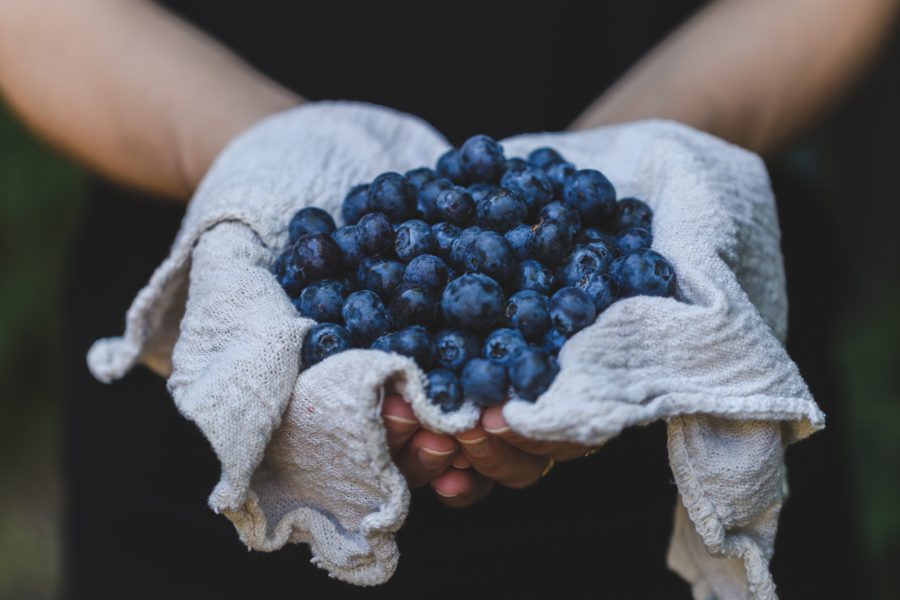Let’s talk antioxidants. Unfortunately, there are so many of them that to talk about them all here would require a web page that can hold a text book. So let’s talk about one of the most popular antioxidants known, Vitamin C. As you may or may not know Vitamin C plays several roles, one of which is as an antioxidant. Antioxidants are important because they are necessary to clean up the mess that occurs in our bodies as a result of metabolism. Like a carpenter or mechanic that gets dirty doing their job, when our bodies burn fuel, or build proteins to make more complex chemicals, the cleanup is left to Vitamin C and other antioxidants (Traber & Stevens, 2011). When this clean up fails to occur because of insufficient intake of antioxidants, it leads to inflammation (Arulselvan et al., 2016). It’s important for readers to realize that this isn’t the type of inflammation that you see when you twist your ankle for instance. The swelling and heat that occur from an injury is acute inflammation.
In the case of antioxidants, we are talking about a low grade and more insidious form of inflammation known as chronic inflammation. The inflammation is insidious because you can’t look at a person from the outside and know if a person has chronic inflammation. This is at least one reason why it’s not helpful to look at a person’s body type and make a judgement about their health. Many skinny people suffer from inflammation due to poor dietary habits, while someone who is overweight may have excellent metabolic health on the inside.
Boosting Vitamin E
One of the ways that Vitamin C cleans up our metabolism is by helping to support the role of another vitamin, Vitamin E (Traber & Stevens, 2011). As I have mentioned in a previous blog post, Vitamin C and E act in tandem with Vitamin C recycling Vitamin E. While overly simplistic, I like to think of Vitamin C as an overall antioxidant vitamin while Vitamin E is the antioxidant vitamin for fat molecules. So it’s important to get enough of each from your diet.
A lack of antioxidants
One of the hallmarks of the standard American diet, or SAD, is a lack of dietary antioxidants in general, including Vitamin C. This is important to discuss since lifestyle diseases like cardiovascular disease cause a major global burned on our health care. It’s estimated that cardiovascular disease and cancer cause 25.5 million deaths per year (GBD 2013 Mortality and Causes of Death Collaborators, 2014). Recent research has shown that those suffering from metabolic syndrome (a constellation of conditions and health factors including cardiovascular disease) a higher intake of Vitamin C can help to slow down or stop the cycle that occurs when a person doesn’t get enough dietary antioxidants (Traber, Buettner, Bruno, 2018). This is huge as it’s estimated that up to 35% of US adults suffer from metabolic syndrome.
Next steps
Now that you know how important antioxidants like Vitamin C and E are for your long term health, you are probably asking, where do I get it and how much should I get? How much will depend on your current diet and lifestyle. Rich sources of Vitamin C include fruits (especially tropical fruits and berries) including tomatoes, and vegetables such as broccoli, and kale. Rich sources of Vitamin E include nuts and seeds such as sunflower seeds, almonds, but vegetables such as spinach, butternut squash, and broccoli are also rich in this vitamin. Fruits such as avocado and kiwi fruit are also rich in Vitamin E. When it comes to the other forms of antioxidants, it will depend on what you are looking for but generally berries, in addition to being packed with Vitamin C, are also rich in antioxidants especially goji berries, blueberries, elderberries, cranberries, and black berries. Add to this list chocolate but make sure you go for the dark chocolate as milk chocolate just doesn’t cut it in antioxidant power.
Since each person is unique and has unique needs it’s important for you to see a Functional and Integrative Medicine practitioner who will take a thorough health history and look at your diet in detail to tailor an action plan that works best for you. While a supplement may help, many people don’t like to take pills. In addition, with all the other nutrients packed into whole foods, it’s important to try and increase your intake of fresh vegetables and fruit to make sure you get everything you need, not just the latest fad nutrient.
Contact me using the form below to set up your consult.
Your message has been sent
References:
Arulselvan, P., et al. (2016). Role of Antioxidants and Natural Products in Inflammation. Oxidative medicine and cellular longevity, 2016, 5276130.
GBD 2013 Mortality and Causes of Death Collaborators (2014). Global, regional, and national age-sex specific all-cause and cause-specific mortality for 240 causes of death, 1990-2013: a systematic analysis for the Global Burden of Disease Study 2013. Lancet (London, England), 385(9963), 117-71.
Traber, M.G., Buettner, G.R., Bruno, R.S. (2018). The relationship between vitamin C status, the GUT-liver axis, and metabolic syndrome. Redox Biology, 101091. DOI: 10.1016/j.redox.2018.101091
Traber, M. G., & Stevens, J. F. (2011). Vitamins C and E: beneficial effects from a mechanistic perspective. Free radical biology & medicine, 51(5), 1000-13.






